Building of the Day: 245-247 Herkimer Street
Brooklyn, one building at a time. Name: Originally J. M. Horton Ice Cream Company, now part of Restoration Plaza Address: 245-247 Herkimer Street Cross Streets: New York and Brooklyn avenues Neighborhood: Bedford Stuyvesant Year Built: 1903. Incorporated into Restoration Plaza in 1974-75 Architectural Style: Romanesque Revival Architect: Gillespie & Cassell. Harley M. Jones was the…
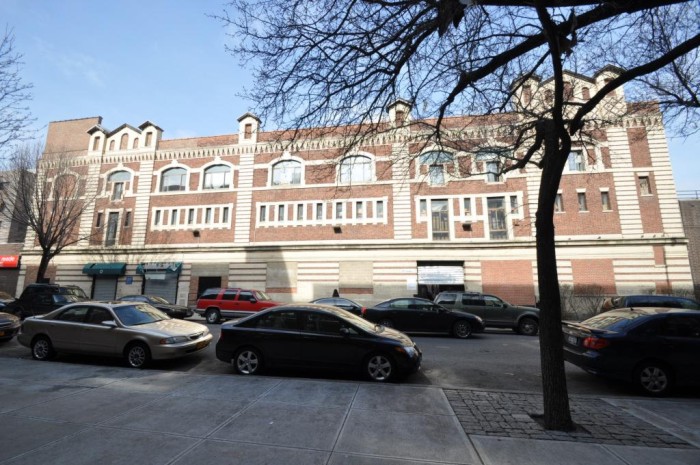

Brooklyn, one building at a time.
Name: Originally J. M. Horton Ice Cream Company, now part of Restoration Plaza
Address: 245-247 Herkimer Street
Cross Streets: New York and Brooklyn avenues
Neighborhood: Bedford Stuyvesant
Year Built: 1903. Incorporated into Restoration Plaza in 1974-75
Architectural Style: Romanesque Revival
Architect: Gillespie & Cassell. Harley M. Jones was the architect of the Bedford Stuyvesant Restoration Plaza, of which this building is now a part
Other Buildings by Architect: G&C – No other buildings listed. Harley M. Jones – Gallery for Studio Museum of Harlem
Landmarked: No
The story: Fruits and flavorings mixed with crushed ice have been with us since the ancient Sumerians. Ancient Arab cultures and the Chinese served frozen dishes with a milk base and fruits and flavorings. Sorbets have been served in Europe since 1500s, but ice cream, the frozen dairy product we know today, with a cream base, chilled and churned with an ice and salt mixture, has only been around since the early 1700s. Here in America, ice cream arrived with the Quaker colonists who settled here from England. By midcentury, people such as Thomas Jefferson, George Washington and Ben Franklin were enjoying this frozen treat. Dolly Madison, the wife of President James Madison, served ice cream at her husband’s inaugural ball in 1813.
Because of the Quaker connection, it shouldn’t be surprising that a Quaker named Jacob Fussell, originally from Maryland, was the first ice cream wholesaler in America. He was a milk dealer who had a lot of excess cream. Making ice cream was a logical way to use it, and an industry was born. His company sold to restaurants and institutions, and branched out into other cities. One of his partners in New York City was a man named James Madison Horton.
Horton was from upstate Middletown, a prosperous farmer’s son. He came to New York City as a young man of 18 to work in the milk business, and was the president of the Orange County Milk Association here. He became partners with Jacob Fussell and another man in the ice cream business in 1870, and in 1874, bought them out, establishing the J. M. Horton Ice Cream Company. Its headquarters would eventually be at 302 Columbus Avenue on the Upper West Side. The building, with the company name on it, still stands. By the turn of the 20th century, he was supplying half the ice cream in New York City.
Horton’s company was very successful, and he soon had factories and offices in Manhattan and Brooklyn. The first Brooklyn plant was near present day Dumbo, and was torn down for approaches to the new Brooklyn Bridge. They resettled in a newly built, larger factory on Atlantic Avenue, between Carlton and Vanderbilt. That factory was purchased by the LIRR and torn down, along with many others, when the railroad established the Atlantic Yards in the 1890s.
In 1902, J. M. Horton Ice Cream purchased a T-shaped lot on Fulton Street, near Brooklyn Avenue that had been a large trolley car garage. They tore the garage down, and built a large factory that faced both Fulton and Herkimer Streets. The new factory was designed by the Manhattan based firm of Gillespie & Cassell, and was opened in 1904.
J. M. Horton Ice Cream was the first ice cream wholesale company based entirely in New York. They were also the first company to ship ice cream to foreign ports. In 1891, the steamer Hamburg American Packet sailed out of New York harbor with 1,000 bricks of ice cream in its freezers. The ship was going around the world, and the ice cream was a dessert item throughout the voyage. Ice cream was such a hit that afterwards, all steamship lines carried ice cream as a dessert item on transatlantic voyages.
The new Fulton Street factory became the Brooklyn headquarters, with offices, as well as the factory itself. Gillespie & Cassell left no trail behind them at all. This factory is the only building under this firm’s name in the Real Estate Record and Builder’s Guide, the bible of building construction in the NYC area. They must have done more work, perhaps singly, or for other firms, but I don’t have their first names, either.
Regardless, this is a very handsome factory, worthy of ice cream. The Fulton Street part of the factory, with the retail store and offices no longer exists, but the Herkimer Street factory portion is still standing. It’s a fine building, built of brick and concrete trim. It has a wonderfully whimsical design, with peaked roof “towers”. The combination of white and red elements flow with ease; running up and down and across the building. The trim highlights the different sizes of windows, and probably corresponded to what kind of operation was going on inside. The ice cream factory had a lot of big steel and iron cauldrons and electric freezing tanks and packing machinery.
Ironically, the large Sheffield Milk Bottling plant was right behind this factory, facing out on Fulton Street. I wonder if Horton’s milk and cream came from them. If it did, it was not for long. As popular as Horton’s ice cream was, the big plants of the 20th century could churn out more ice cream, faster and cheaper than Horton’s could. J.M. Horton died in 1914, in Manhattan. His company, which had gone public long ago, now rested in the hands of stockholders and his heirs and staff. The company continued to concentrate on its core ice cream business and was still a leader in ice cream sales. They continued to run ads in local papers, and sell to retailers across the city and suburbs.
But in 1928, they could no longer remain competitive, and sold out to the ice cream division of Borden’s Milk. Borden’s continued to market J. R. Horton Ice Cream well into the 1940s, when the name disappears from the public record. They may have continued past that time. The Horton factory, the Sheffield Bottling factory, and many other Bedford Stuyvesant factories closed in the 1950s and 60s, as industry and everyone else abandoned the city.
In 1967, the boarded up Sheffield plant was chosen to be the center of the Bedford Stuyvesant Restoration Corporation, established by Senators Robert Kennedy, Jacob Javits and local community leaders. The old Horton plant was part of the plan to make the new Restoration Plaza a community hub for business and culture. Forming the middle of the Herkimer Street side of the complex, the plant was repurposed as an office building, with stores opening up into the plaza on the ground floor level. Bedford Stuyvesant born architect Harley M. Jones was the supervising architect of the project. Today, the building, restored and repurposed, still delights.
(Photograph:Christoper Bride for PropertyShark)
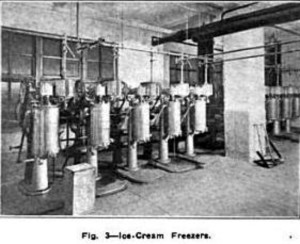
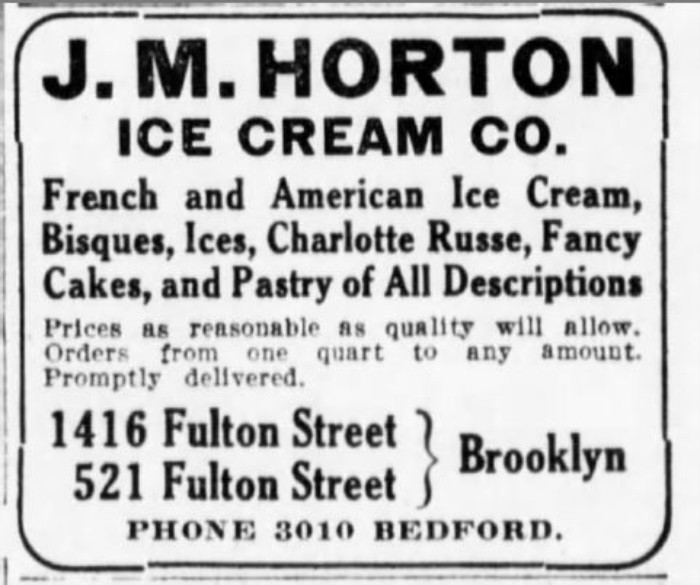
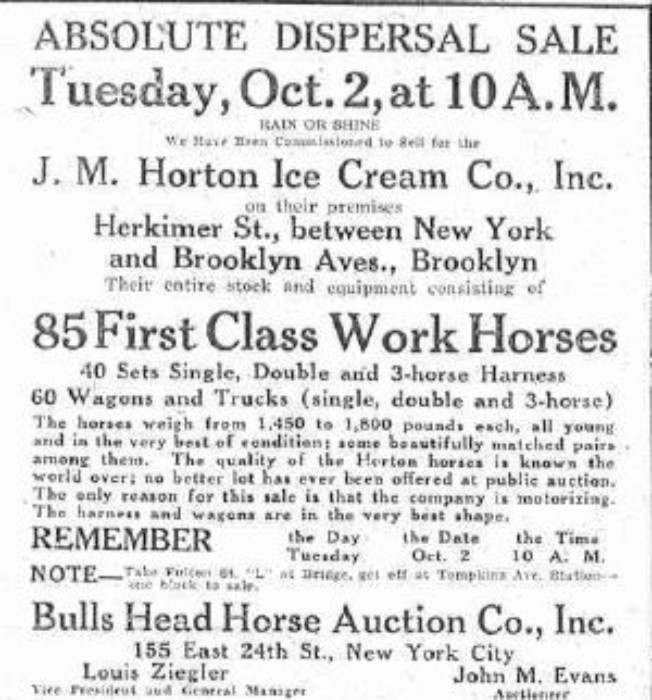
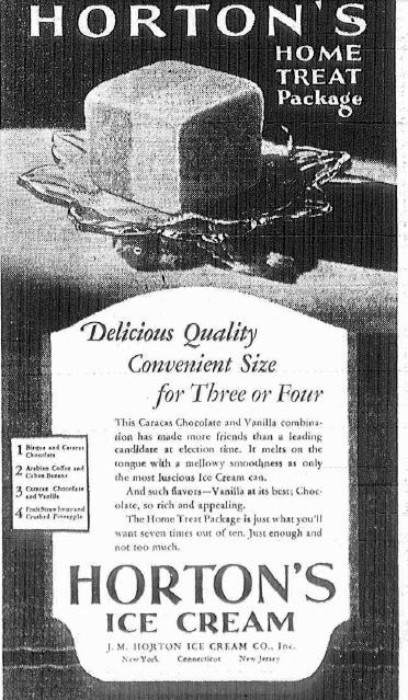
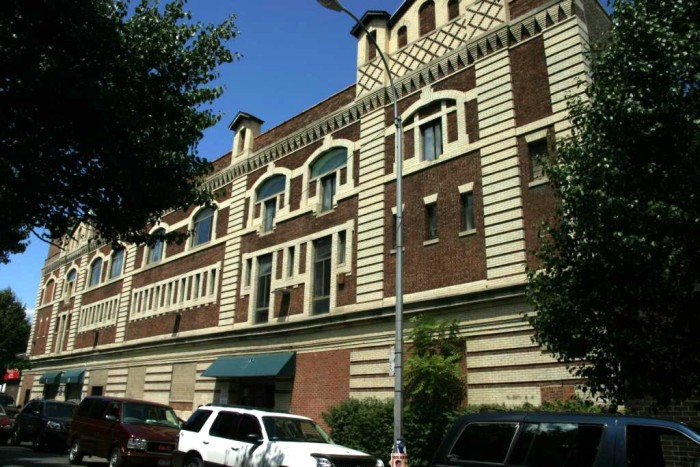


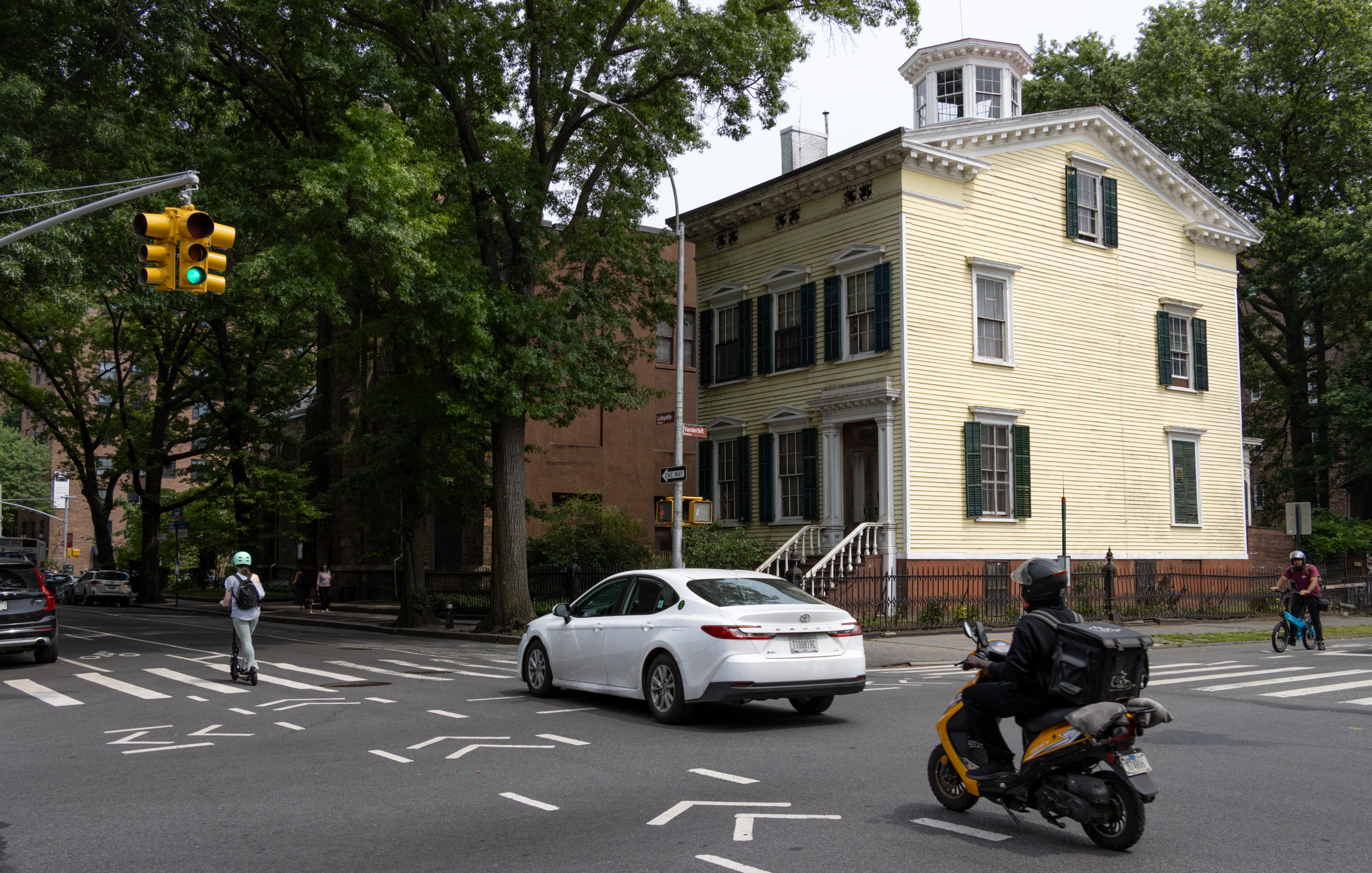
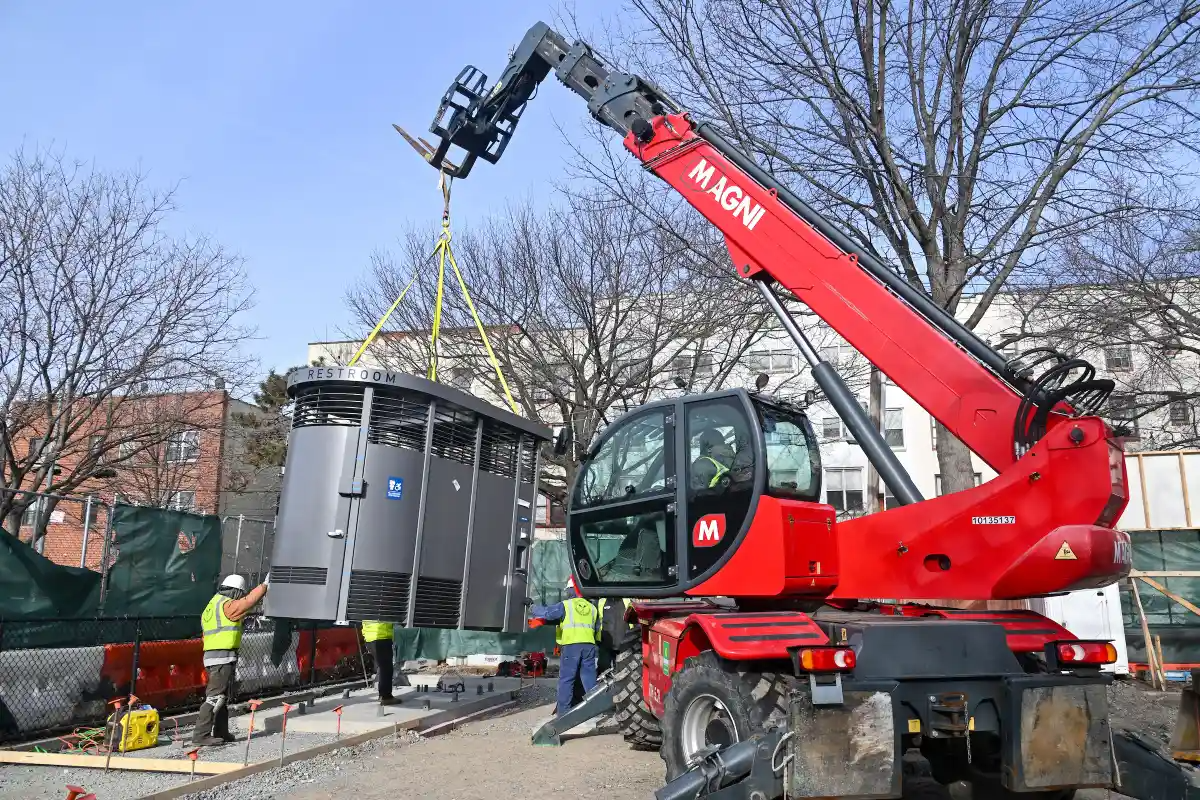

What's Your Take? Leave a Comment